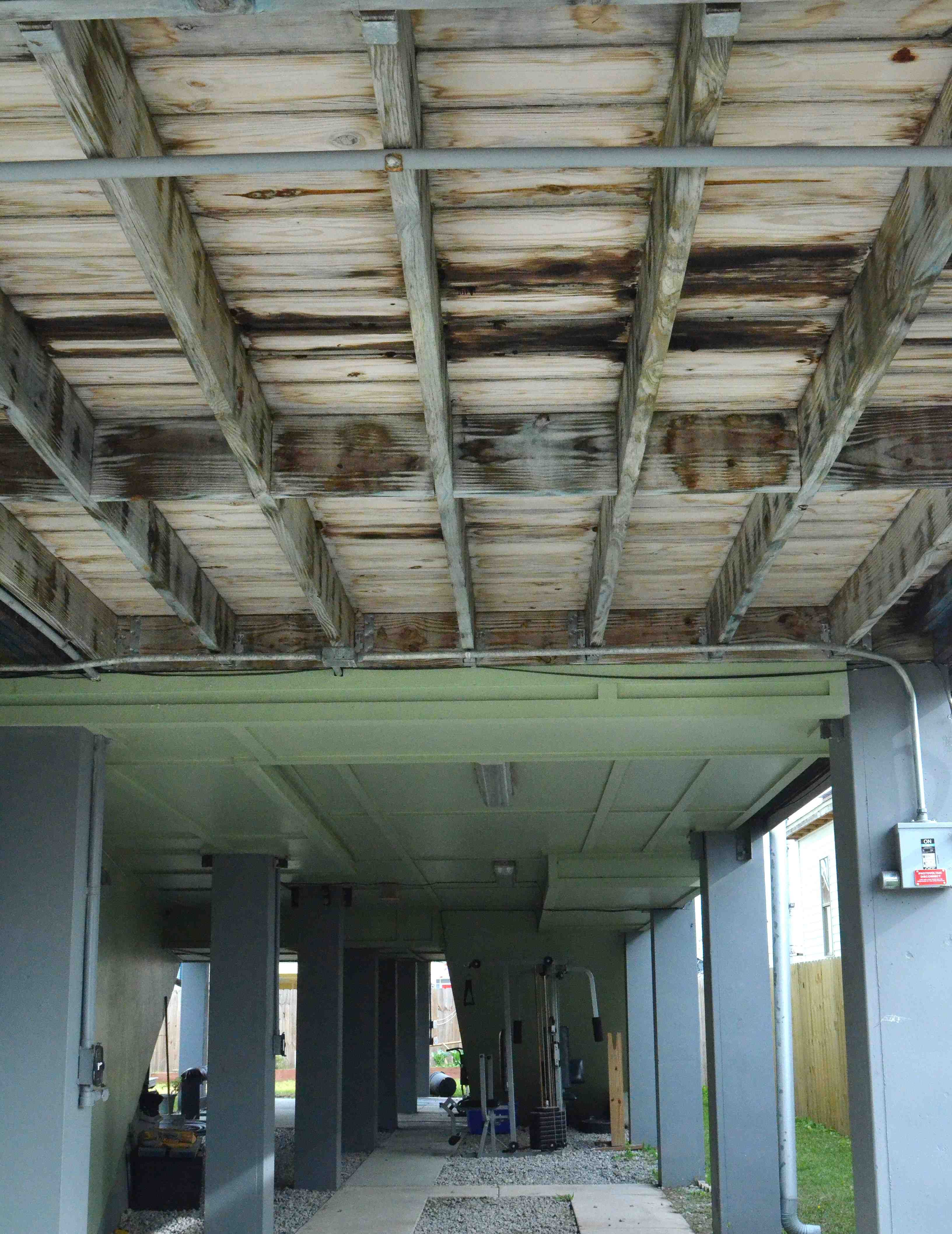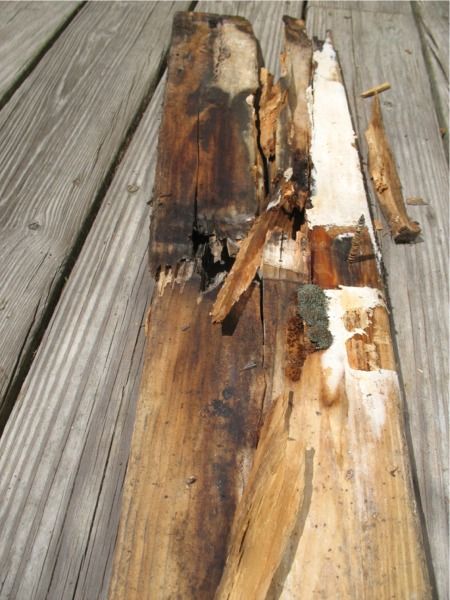
Troubles seem to be mounting for TimberSIL, marketed as a nontoxic alternative to conventional pressure-treated lumber.
Already beleaguered by spotty distribution and long lead times on orders, TimberSIL is being removed from 30 New Orleans homes built by Brad Pitt’s Make It Right Foundation because it showed signs of rotting in the city’s damp, humid climate.
An article in the New Orleans Advocate published on December 30 said that the foundation is considering legal action against Timber Treatment Technologies (TTT), the Greenville, S.C., company that makes TimberSIL. Decks and steps installed as recently as three years ago are showing signs of decay, the newspaper reported, despite the company’s 40-year guarantee for the product
TimberSIL is southern yellow pine that has been treated with sodium silicate and heat. According to the manufacturer, the process encases wood fibers with “amorphous glass” and protects it from moisture and insect damage.
Chosen for its chemical-free content
TimberSIL was chosen for decks and stairs on 30 houses built in the city’s Lower Ninth Ward between 2008 and 2010. The houses were among 100 energy-efficient homes built by the foundation in the wake of Hurricane Katrina.
A foundation spokeswoman said that TimberSIL was attractive not only because of its long guarantee but because it wasn’t treated with toxic chemicals. “In trying to be sustainable and green, we didn’t want to use decking lumber that had chemicals in it,” Taylor Royle told the newspaper.
Not all of the installed TimberSIL showed signs of decay, but the foundation plans on removing all of it over the next six months at a cost of about $150,000, The Advocate said.
Calls to TTT were not returned. The newspaper quoted TimberSIL executive vice president Joel Embry as saying in an email that the company would shortly “begin the process of gathering the necessary information to evaluate the concerns and achieve a satisfactory outcome.”
High hopes at the product’s launch
Because of its low toxicity and guaranteed resistance to insect and moisture damage, TimberSIL enjoyed a run of good press after its launch. It was hailed as a promising replacement for lumber treated with more traditional copper-based preservatives.
TimberSIL was named one of Building Green’s top-ten products in 2004, and it was the grand winner in the home-tech category of Popular Science‘s top products list the following year.
Yet TimberSIL never took off. It didn’t have the distribution it needed to become a major player in the market. A distribution deal with Huttig Building Supplies collapsed. And TTT was sued by a Wisconsin company under contract to produce TimberSIL. The company, Northern Crossarm, said that representations made by TTT founder Karen Slimak “concerning the research and testing she had done to establish the TimberSIL process were not true,” according to Environmental Building News.
Troubles on Mt. Holyoke
TimberSIL is at the center of another dispute, this one involving the reconstruction of the historic Summit House on Mt. Holyoke in Hadley, Mass.
The state’s Department of Conservation and Recreation used TimberSIL to rebuild a porch at the former hotel as part of a three-year renovation. But the porch had to be torn off and replaced when TimberSIL wouldn’t hold paint, according to a report last year in the Daily Hampshire Gazette.
The decision added $100,000 to the cost of the project and kept the hotel, a popular tourist destination, closed to the public last summer.
The newspaper said that the state and its contractor got no response from TTT after “struggling for months” with questions over the wood. Slimak disputed the state’s claims, and Embry later told the Gazette, “It’s our intention to follow this through and continue to understand exactly what the problem is and intervene and assist to find a solution to have the Summit House open.”
There’s apparently been no word from the company since then, according to the Gazette reporter who covered the story last year.
Mike Guertin’s Rhode Island experience
Fine Homebuilding editorial advisor Mike Guertin installed a TimberSIL deck at a house in Rhode Island and wrote about his experiences in a blog that FHB published in 2009.
He liked several things about TimberSIL, including its Class A fire rating, its increased hardness and strength, and its dimensional stability.
But more recently, Guertin noticed that a board beneath a door mat looked like it was beginning to decay. He removed the board and replaced it (see photos). The board had decayed after about five years in service. The rest of the deck, he said, showed no signs of rot, although some boards had developed splits.
Fine Homebuilding Recommended Products
Fine Homebuilding receives a commission for items purchased through links on this site, including Amazon Associates and other affiliate advertising programs.

Affordable IR Camera

Handy Heat Gun

Reliable Crimp Connectors



























View Comments
Dang! I was just about to try TimberSil to make raised vegetable garden beds. What's the most durable, non-toxic alternative? Anything more durable than cedar?
Another "green" product bites the dust, I'm not surprised. Add in the company behind this doesn't seem to be forthcoming doesn't help that cause one bit.
Hint: The more "toxic" something is the better it's going to perform against the forces of nature, it's simply a matter of how much toxic we're willing to put up with.
I have older pressure treated wood in ground that's still sound after many years next to newer, more friendly, alternatives that already show signs of rot. "Progress"
Luckily for me I have an abundant supply of black locust on my property that I am able to use for most anything that doesn't require dimensioning or anything more than a rustic natural appearance. I use it for fence posts, pole foundations and as short retaining walls. I have no reason to not expect it to last as long as many fence posts my grandfather put in 100 years ago that still line parts of my property.
We are trying Accoya http://www.accoya.com/ . Does anyone have experience with it? They appear to have extensive testing data with years of field testing.